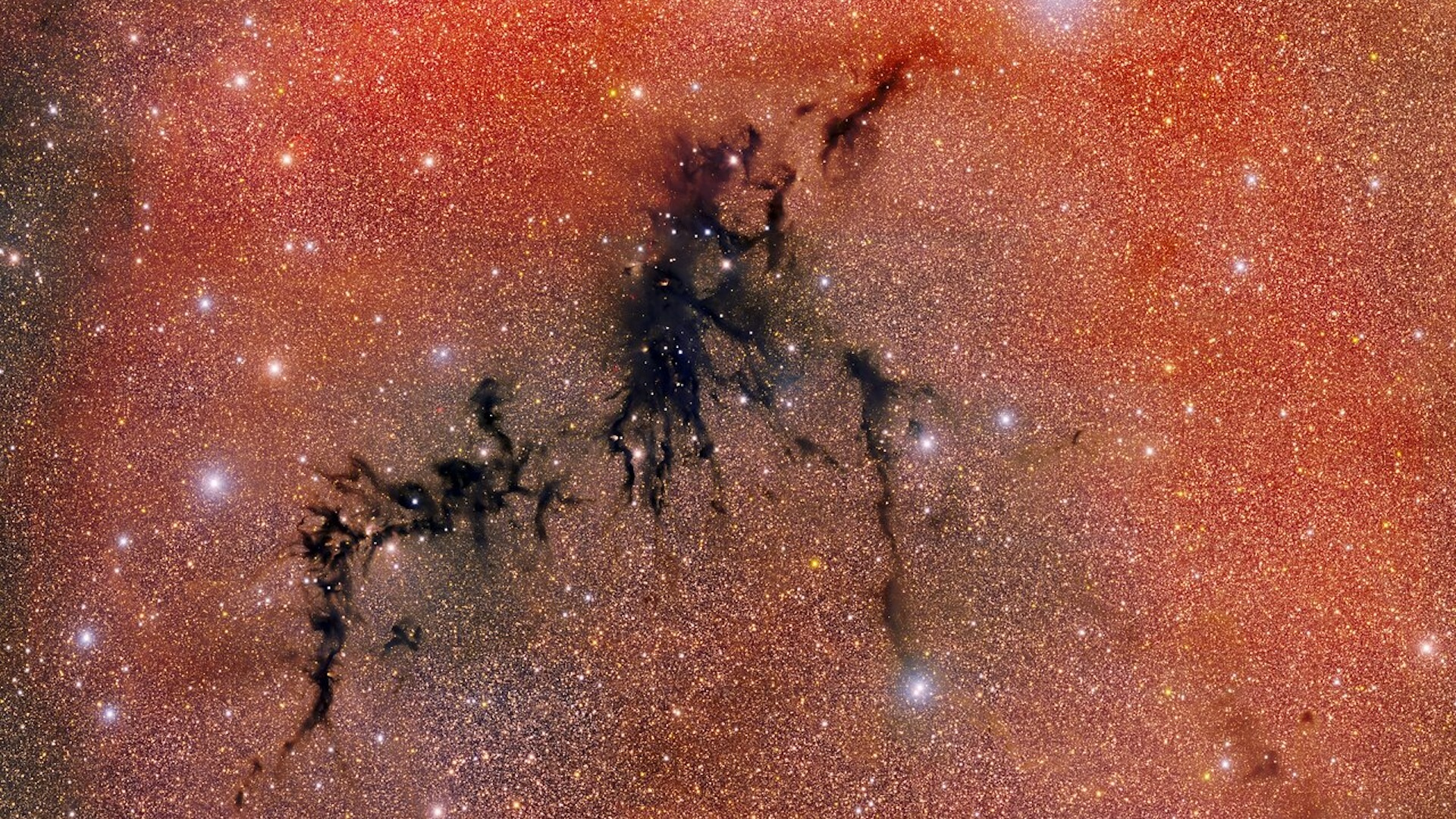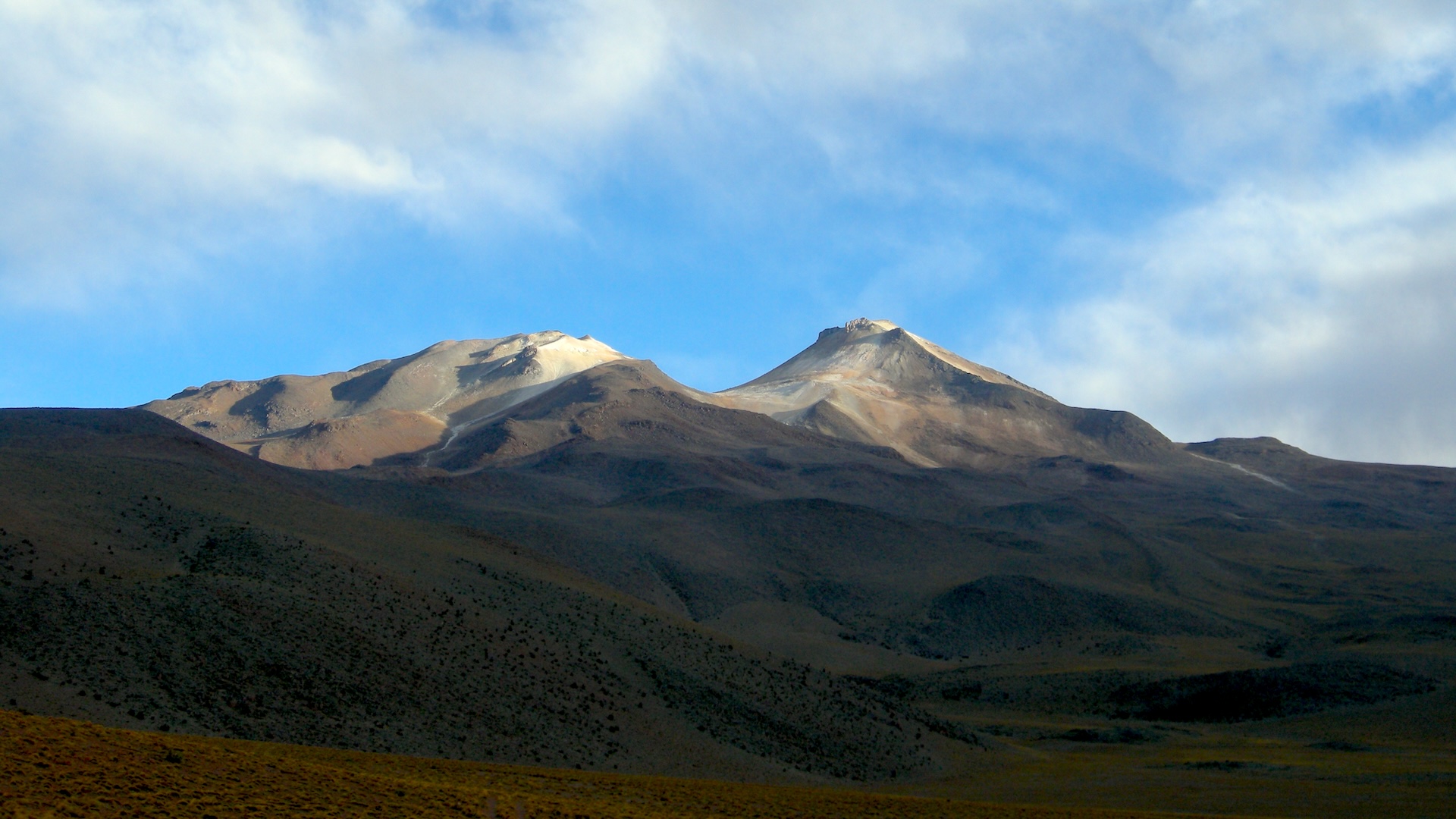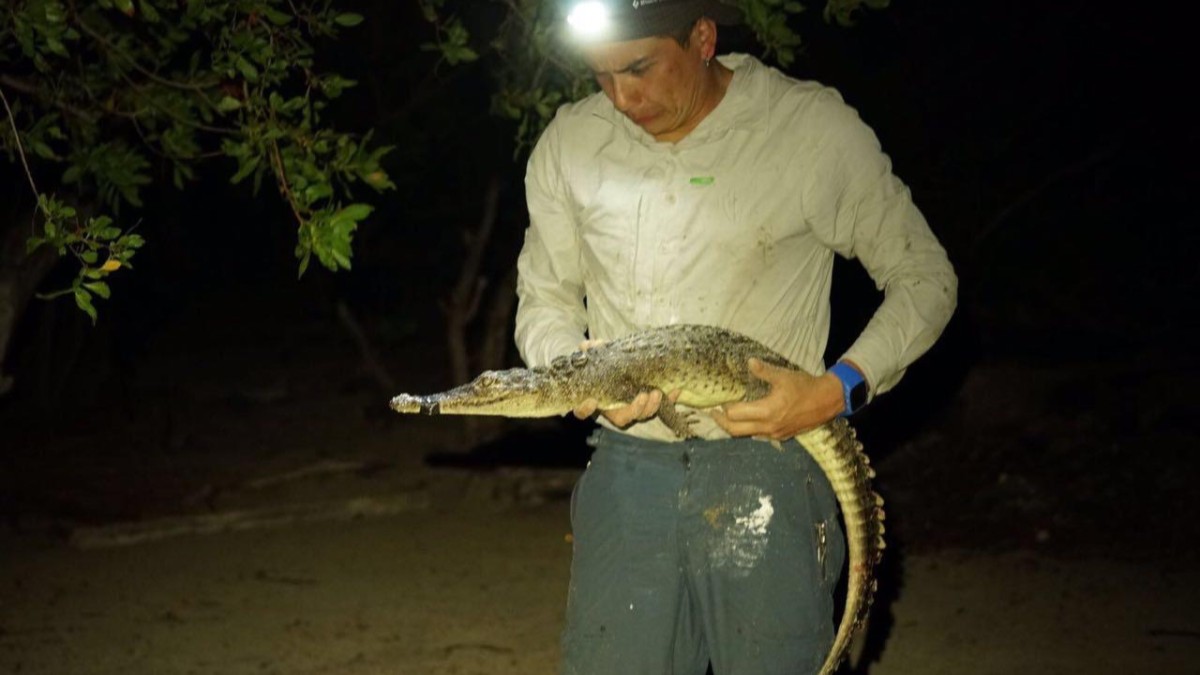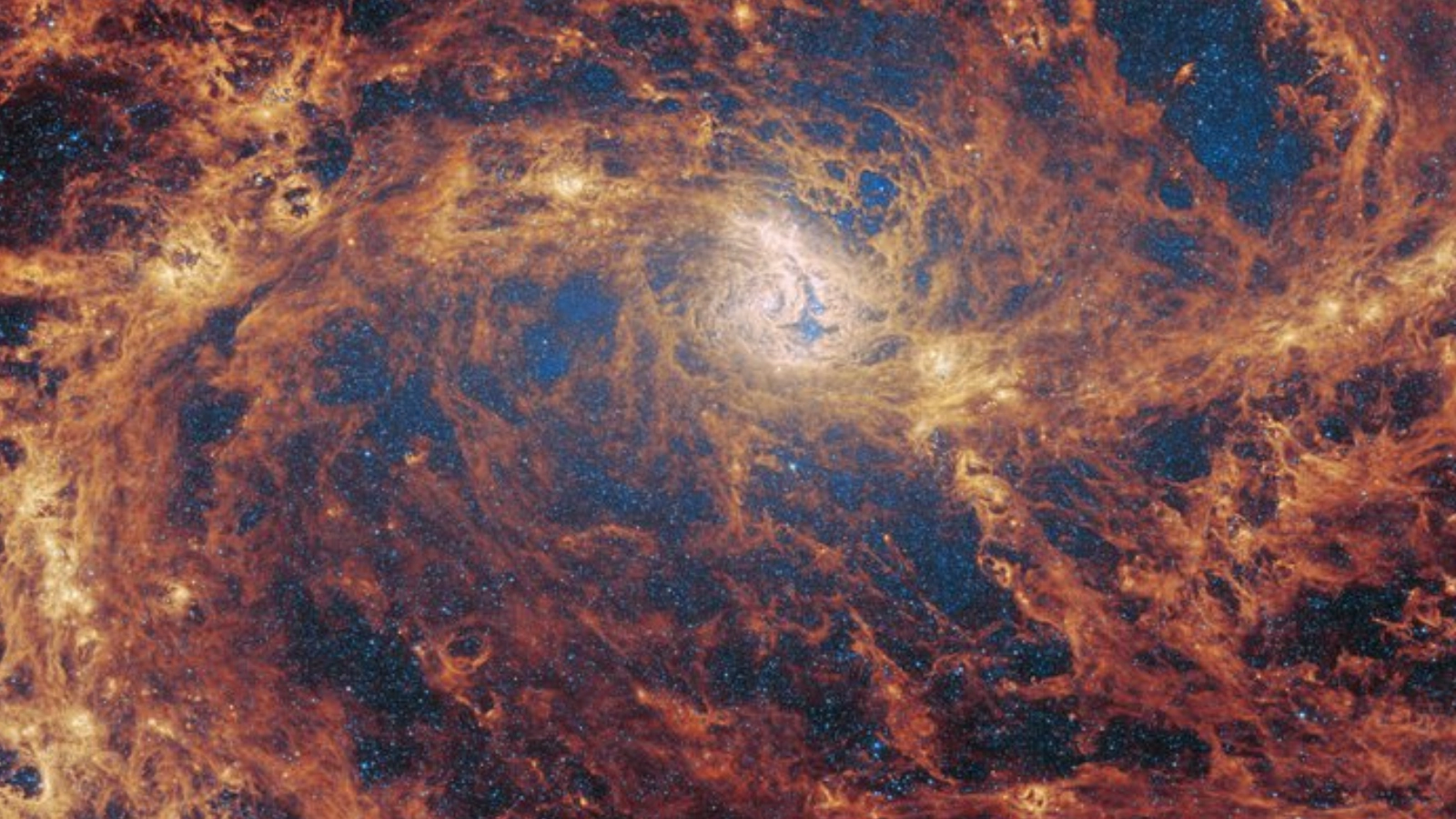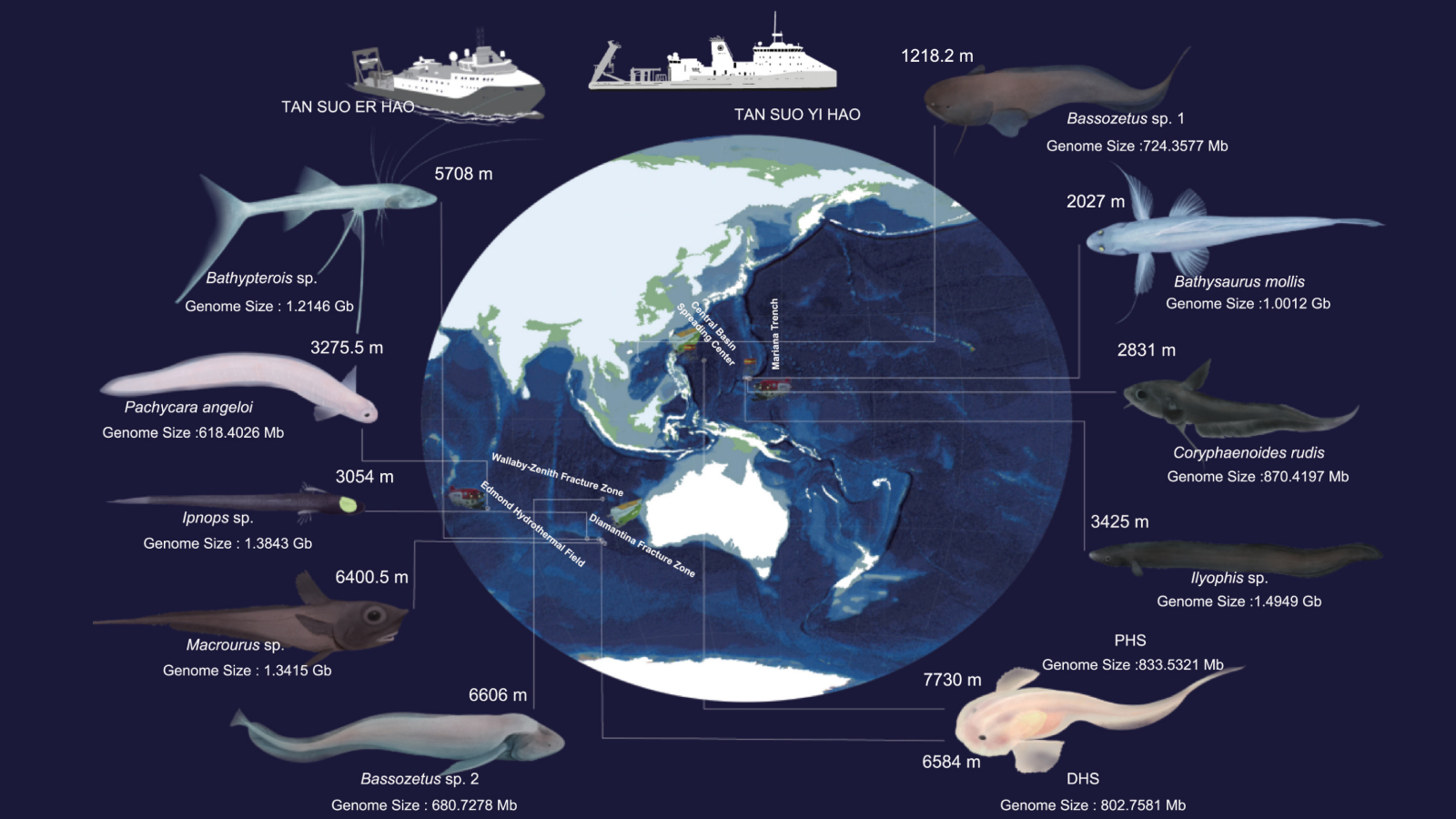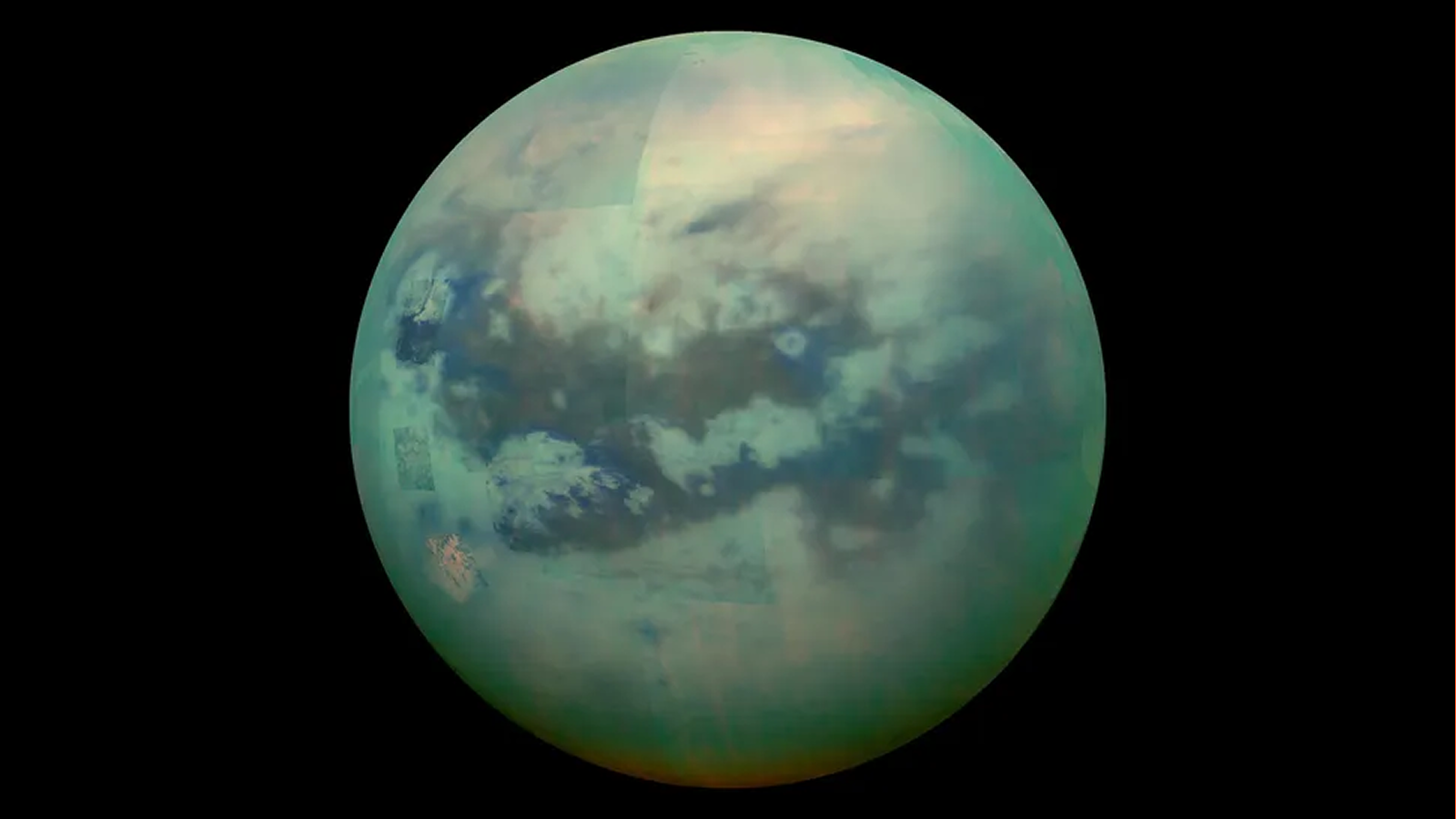Science news this week: 'Impossible' black holes and Antarctica's hidden 'plumbing'
Feb. 8, 2025: Our weekly roundup of the latest science in the news, as well as a few fascinating articles to keep you entertained over the weekend.
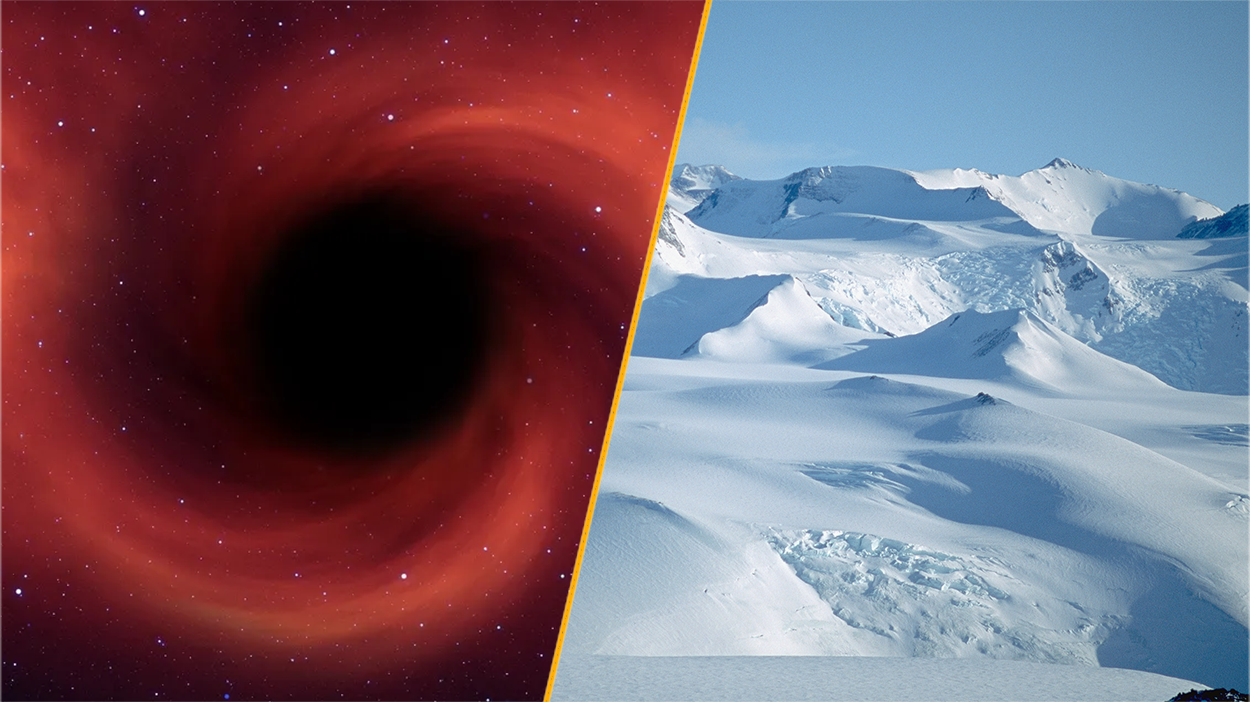
It's easy to mistake the earth beneath our feet as being still and unchanging — but that couldn't be further from the truth.
In this week's science news we've seen Earth's crust peeling away under the Sierra Nevada mountains, mimicking the process that creates new continents. Looking east, an oceanic plate from the time of Pangaea is tearing apart under Iraq and Iran, dragging down the crust above and — very slowly — reshaping the Eurasian landscape.
Meanwhile in the Cascades, scientists have discovered giant magma reservoirs hidden beneath what were thought to be dormant volcanoes.
Of course, sometimes this secret, buried world makes itself known — for example the rare earthquake swarm that continued to rattle the Greek island of Santorini this week.
Hidden 'plumbing' under Antarctica
Scientists discover hidden 'plumbing' that's driving Antarctic ice sheet into the ocean
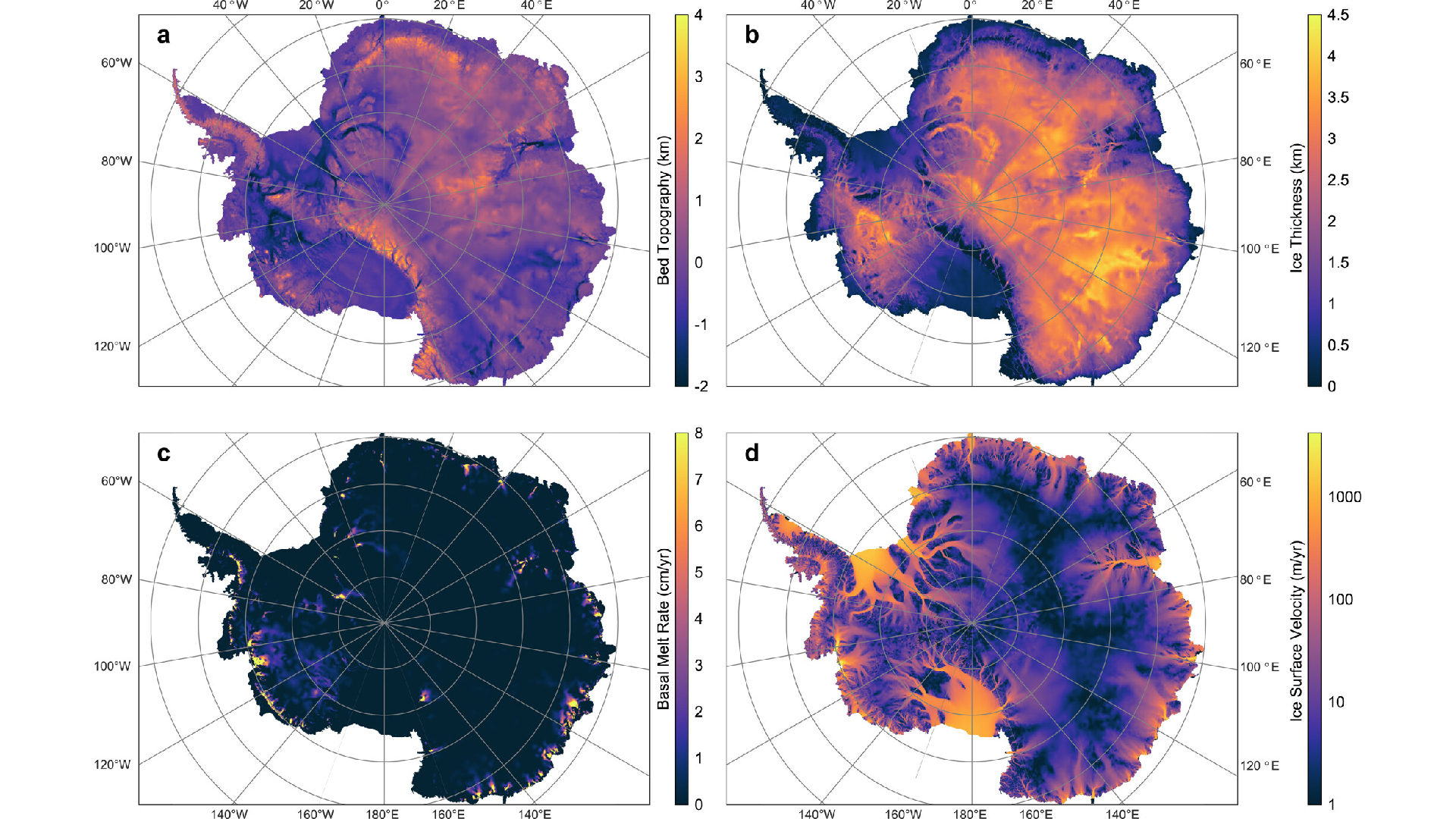
Deep beneath Antarctica's ice is a hidden network of water channels that dictate how quickly the continent's ice sheets slide and melt. This is because liquid water can lubricate ice sheets, like glass sliding across a wet countertop.
By combining existing computer models for glacier drainage and ice sheet flow, scientists predicted where water should flow beneath the ice, and where this flow is particularly strong. Their models also accurately predicted the locations of known subglacial lakes in western Antarctica.
The researchers say their findings may help pinpoint areas of Antarctica at risk of rapid melting and enable scientists to better understand how subglacial water affects ice flow.
Sign up for the Live Science daily newsletter now
Get the world’s most fascinating discoveries delivered straight to your inbox.
Discover more planet Earth news
—'Extreme' warming in the Arctic as North Pole temperatures swell 36 F above average
—Ancient duck-like creature discovered in Antarctica may be the oldest modern bird ever discovered
Life's Little Mysteries
Are birds reptiles?
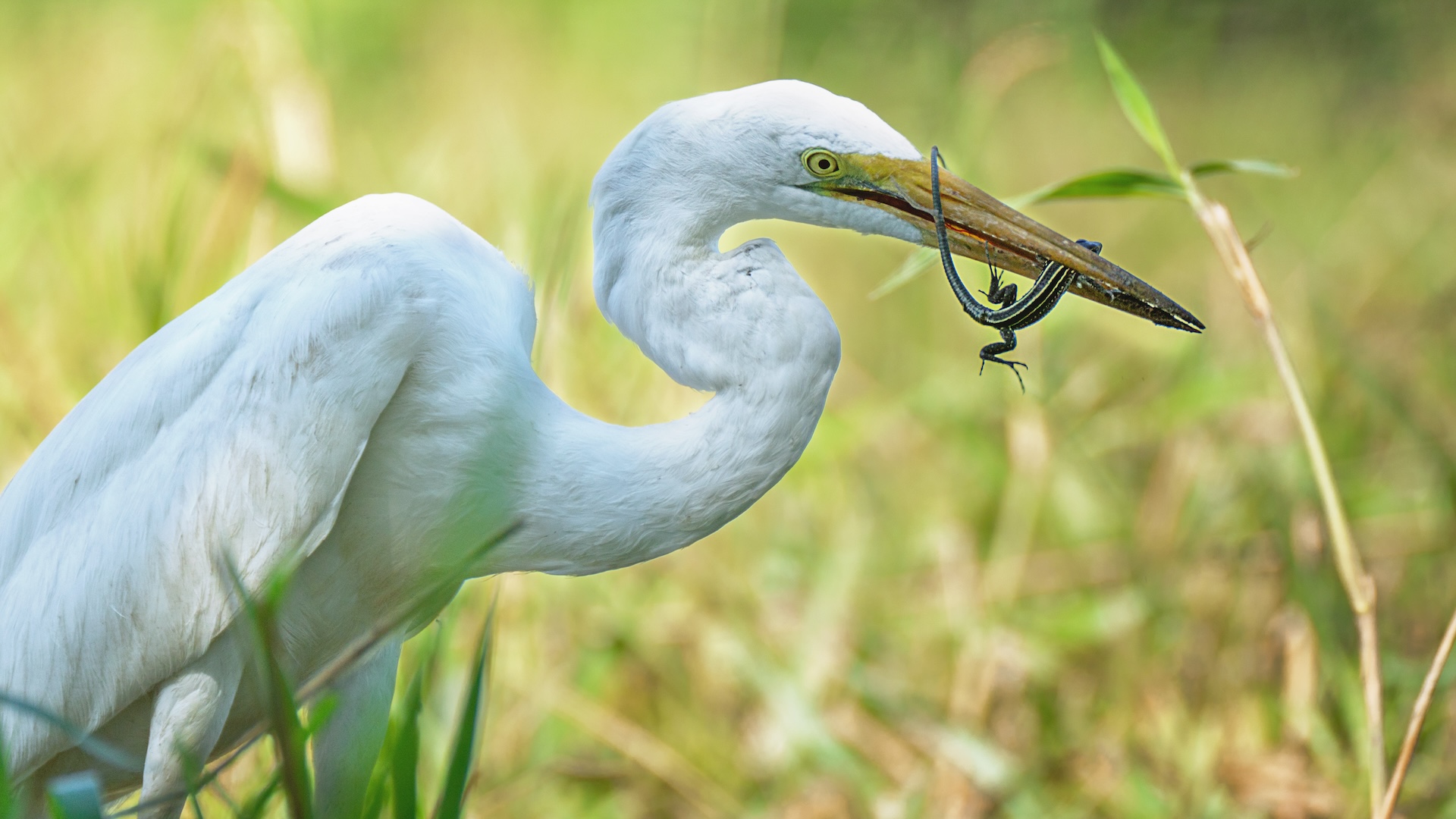
You might have heard that birds are living dinosaurs. But dinosaurs are famously reptilian — so does this mean that birds are reptiles too?
Birds are warm-blooded and mostly covered in feathers, so do not fit into the classic definition of a reptile. But their DNA tells a different story…
'Impossible' black holes
'Impossible' black holes detected by James Webb telescope may finally have an explanation — if this ultra-rare form of matter exists
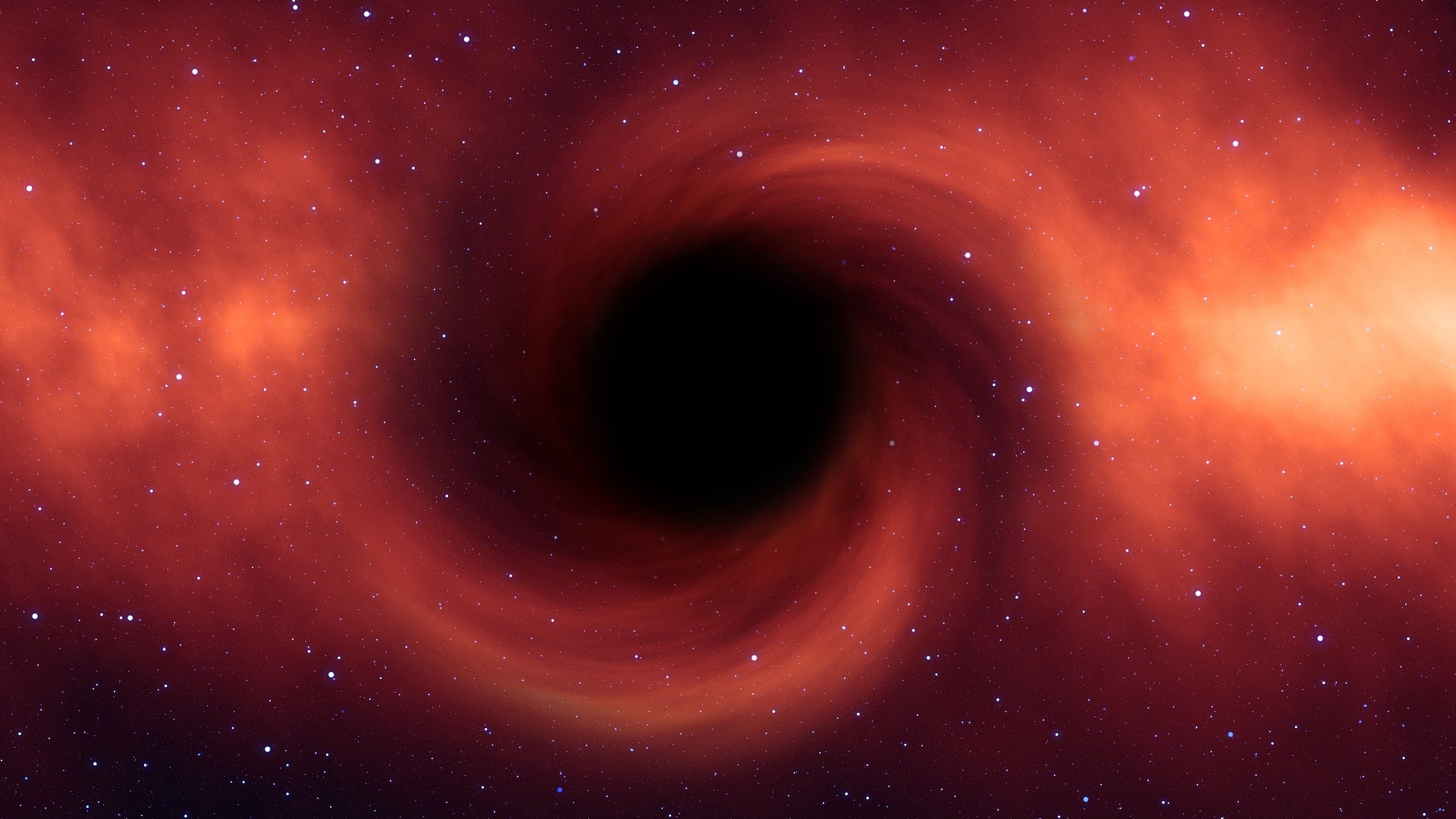
Supermassive black holes in the early universe, observed by the James Webb Space Telescope, have left astronomers stumped for years. The objects were growing too big and too quickly to fit into our existing models. But now, scientists have proposed a novel solution to this cosmological conundrum — clumps of dark matter.
Dark matter is a mysterious substance that, though invisible, sculpts the cosmos. Historically, this enigmatic ingredient has been thought to only interact with other matter through gravity. But now scientists have suggested that dark matter may also be able to interact with itself, clumping together into dense cores that eventually collapse into supermassive black holes.
Discover more space news
—Scientists discover giant galaxy 32 times bigger than Earth's — and they named it 'trouble'
—Here's what could happen if asteroid Bennu smashes into Earth in 157 years
—Jupiter's 'tormented moon' Io just unleashed the most powerful volcanic event ever seen
Also in science news this week
—Scientists are building an ultimate atlas of the vagina. Here's why.
Science Spotlight
1.4 million-year-old jaw that was 'a bit weird for Homo' turns out to be from never-before-seen human relative
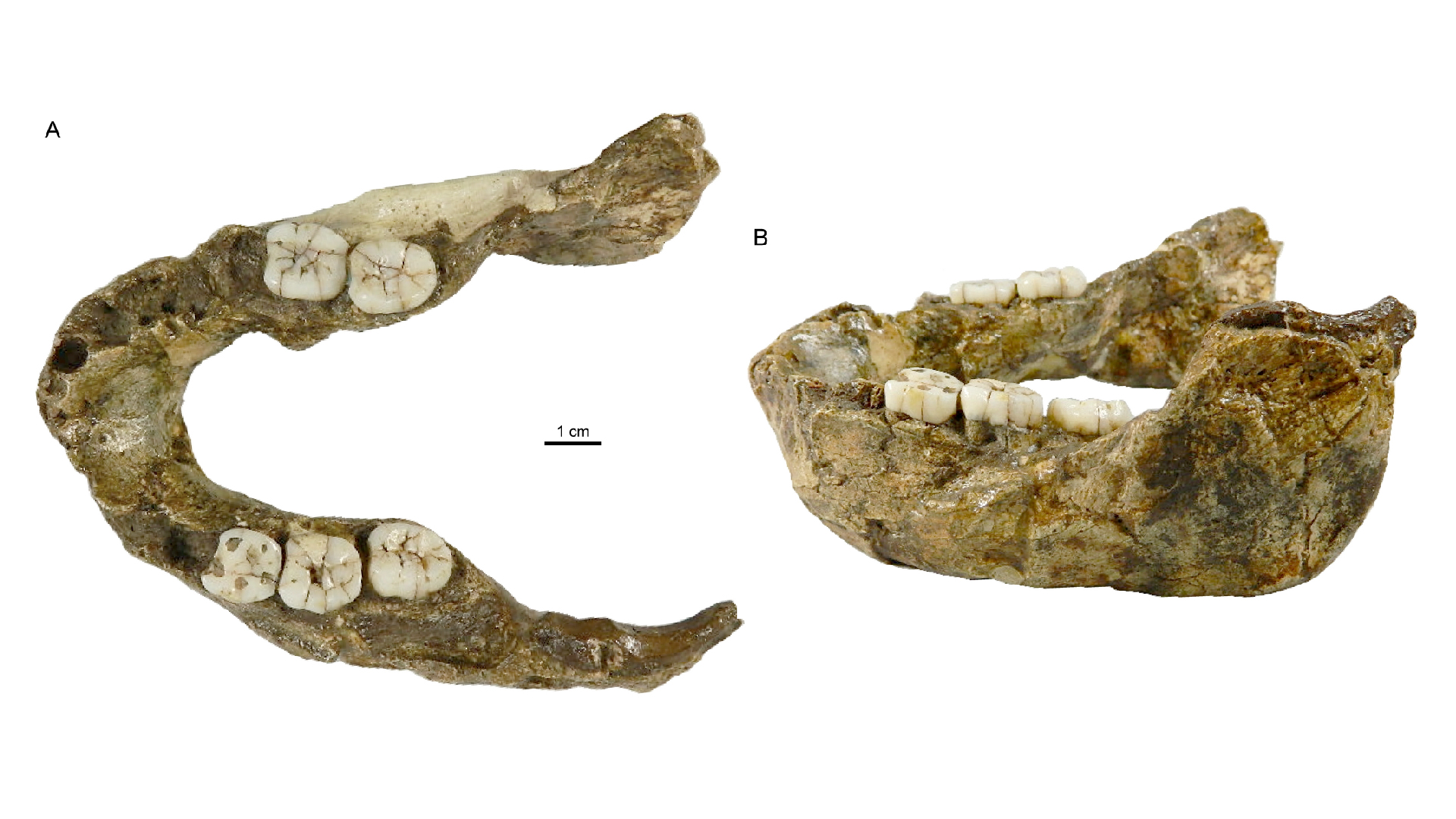
In 1949, archaeologists discovered a 1.4 million-year-old jaw bone in a cave in South Africa. The jaw was found among other fossils belonging to the genus Homo, to which our own species belongs. But the jaw was unusually thick, with long, rectangular molars that didn't look like those from any other Homo species.
Now, following X-ray analysis, scientists have concluded that the specimen did not belong to the Homo genus at all — rather it is a totally new extinct human relative, belonging to the genus Paranthropus.
Human evolution quiz: What do you know about Homo sapiens?
Something for the weekend
If you're looking for something a little longer to read over the weekend, here are some of the best long reads, book excerpts and interviews published this week.
—12 pivotal moments in the history of robotics, from Isaac Asimov to self-driving cars
—Dolní Věstonice Portrait Head: The oldest known human portrait in the world
—New fabric can heat up more than 50 degrees to keep people warm in ultracold weather
Science in pictures
'Stranded' NASA astronaut Suni Williams photographed from Earth during record-breaking spacewalk. Can you spot her?
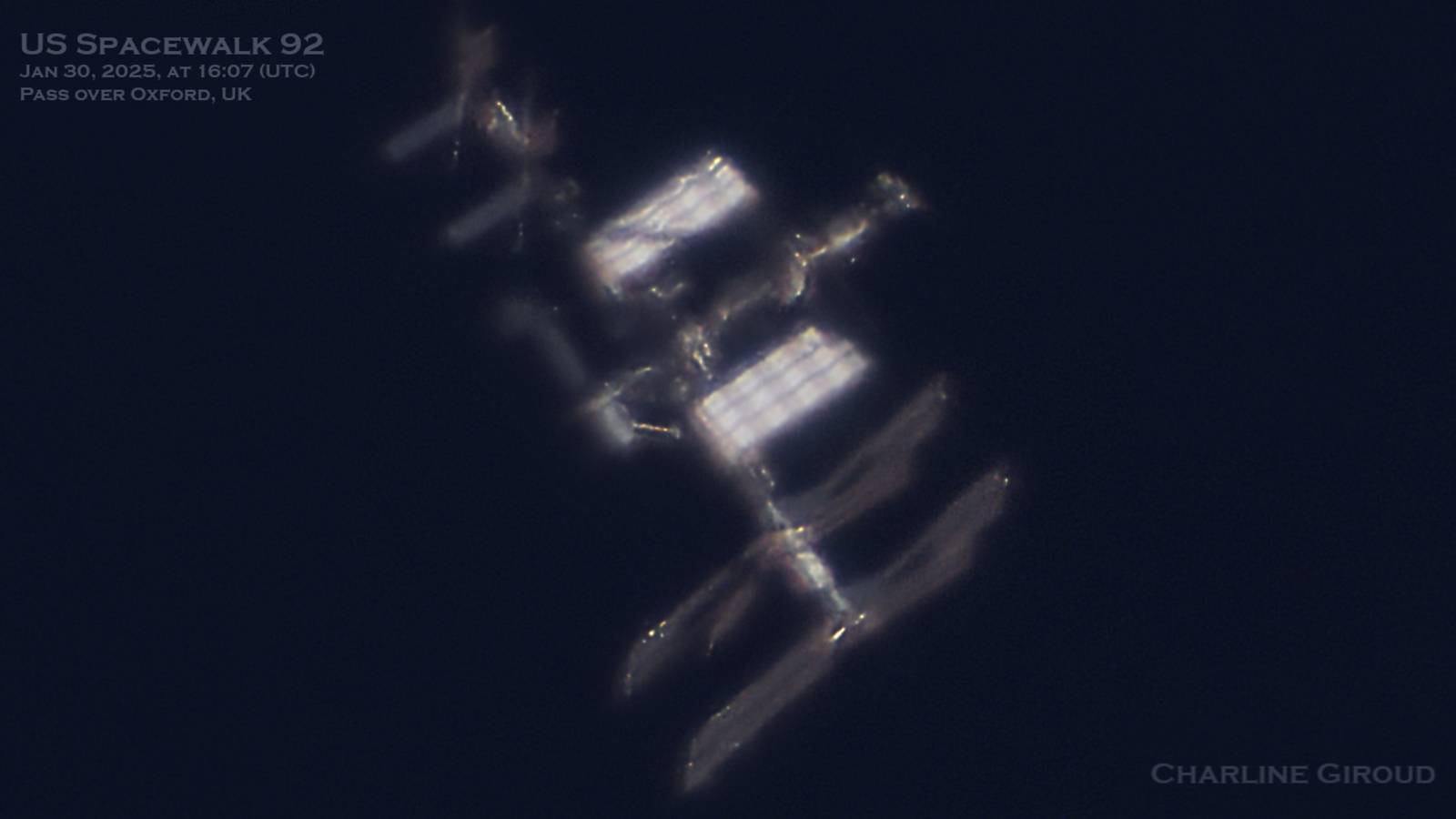
An amateur photographer on Earth has captured a stunning photo of "stranded" NASA astronaut Suni Williams floating outside the International Space Station (ISS) during a recent spacewalk.
During the walk, Williams broke the record for the most non-consecutive hours spent spacewalking by any female astronaut.
Williams and co-pilot Barry "Butch" Wilmore have been "stranded" on board the ISS since June 6, 2024, after the Boeing Starliner capsule that delivered them experienced multiple leaks. They are now due to return in late March at the earliest, although an exact date has not yet been confirmed.
Follow Live Science on social media
Want more science news? Follow our Live Science WhatsApp Channel for the latest discoveries as they happen. It's the best way to get our expert reporting on the go, but if you don't use WhatsApp we're also on Facebook, X (formerly Twitter), Flipboard, Instagram, TikTok, Bluesky and LinkedIn.

Pandora is the trending news editor at Live Science. She is also a science presenter and previously worked as Senior Science and Health Reporter at Newsweek. Pandora holds a Biological Sciences degree from the University of Oxford, where she specialised in biochemistry and molecular biology.
You must confirm your public display name before commenting
Please logout and then login again, you will then be prompted to enter your display name.

